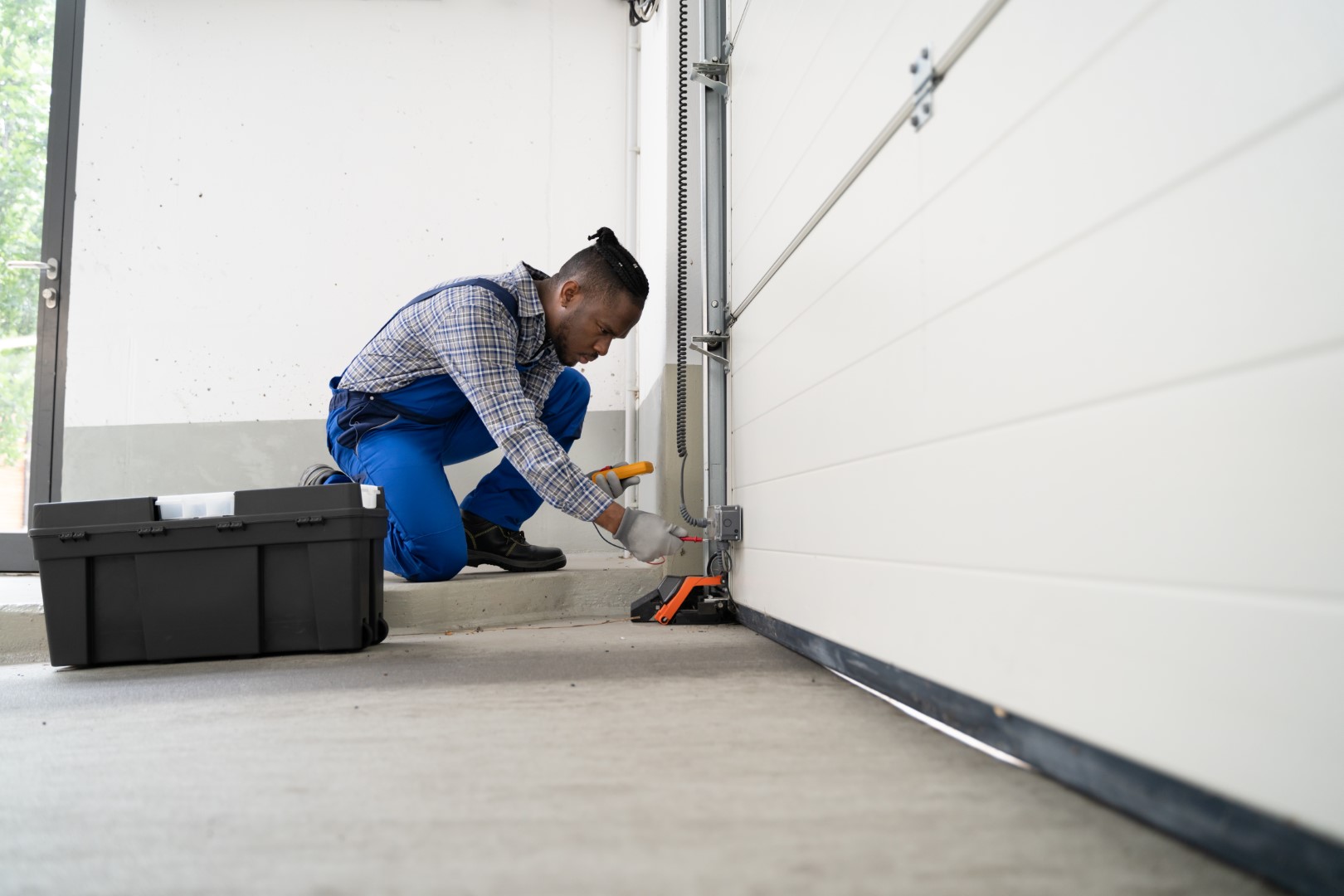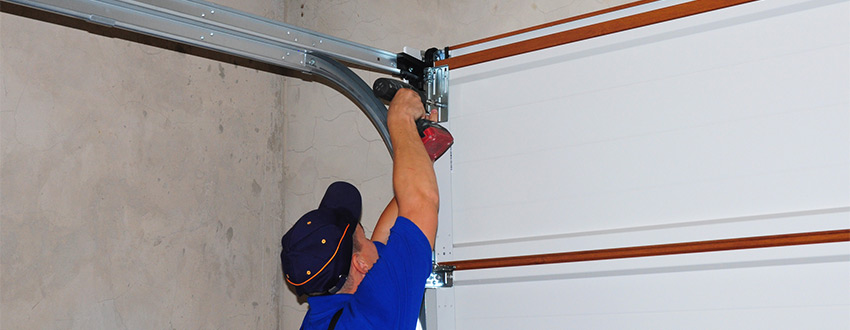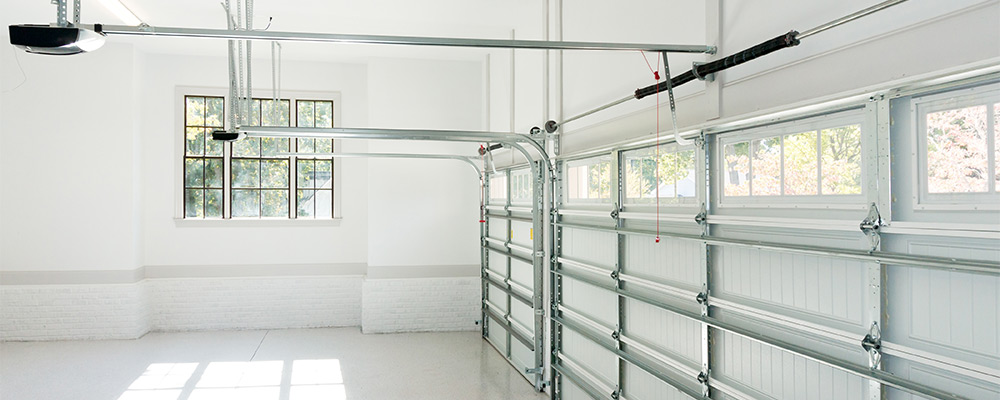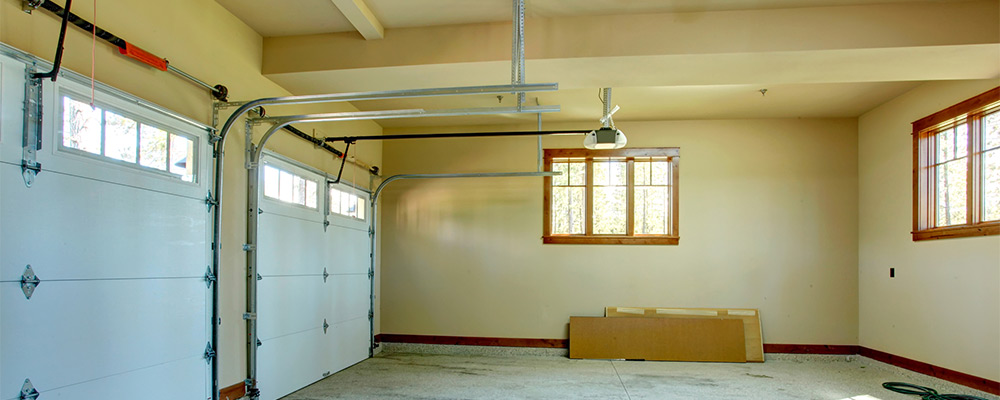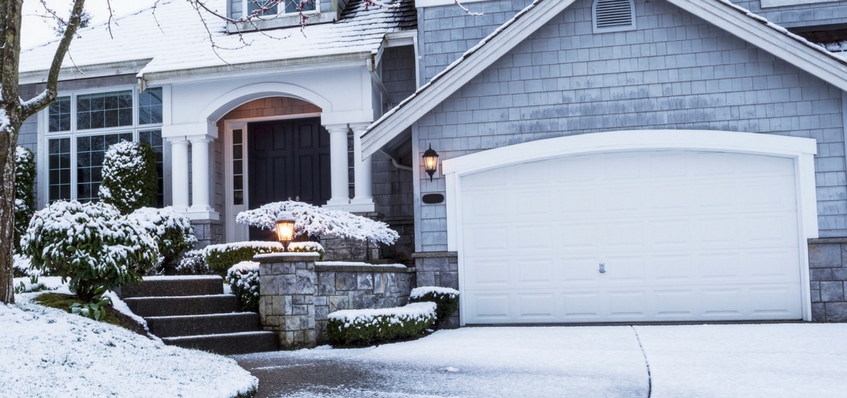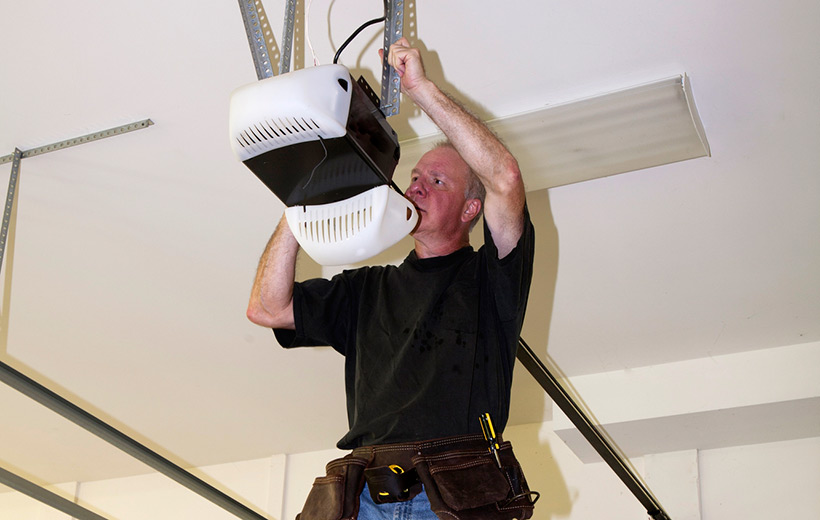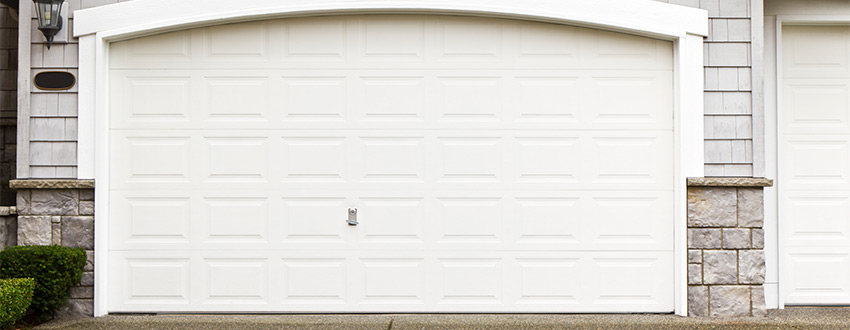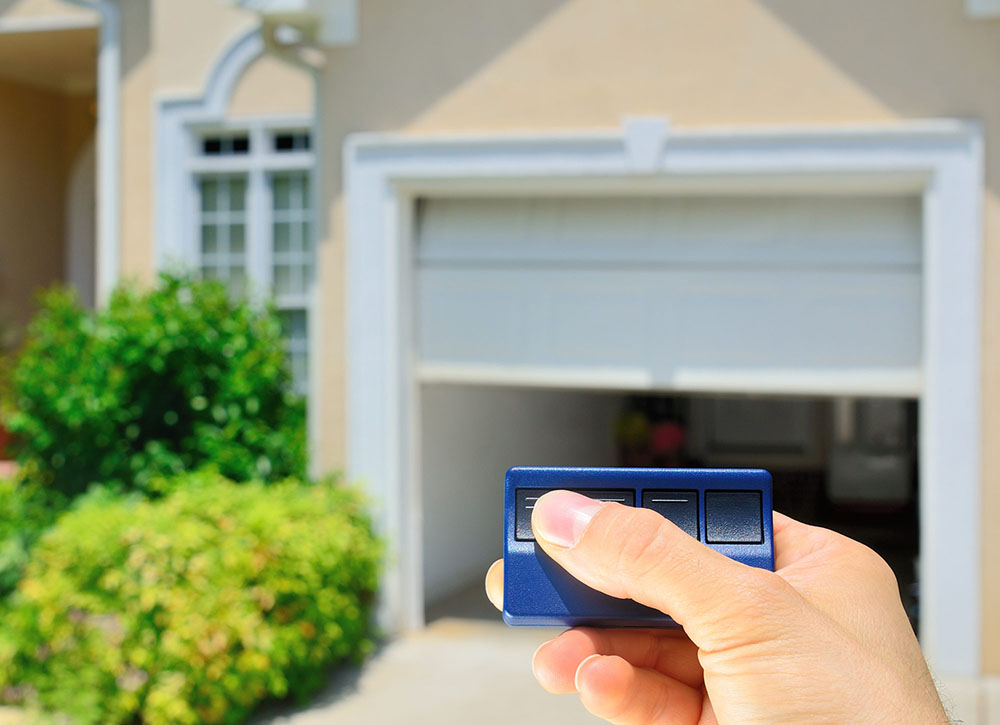The garage is often relegated to a space for stashing forgotten belongings or housing the family car, though it stands as a silent hero for our homes....
Repairing or replacing broken garage door sections
Maybe you’ve been playing with your family and a stray baseball or hockey puck causes damage to a section of your garage door. Maybe a tree limb fal...
Top 10 Preventive Maintenance Tips for Garage Door Owners
Best Ways to Do Maintenance on Your Garage Doors Your garage door is an important part of your home and your commute, and it’s easy to take it for g...
Is It Safe for Me to Repair My Own Garage Door Spring?
...
How Regular Garage Door Servicing Saves You Hassle In the Future
Do you know the last time your garage door was serviced? When you open and close your garage door every day, do you think about all of the common prob...
6 Signs Your Garage Door Needs Maintenance or Repair
Garage doors are an essential part of the home. They can keep the cars and the home safe while improving the curb appeal. We use our garage doors ever...
What’s Wrong With My Garage Door?
Here are the common reasons why your garage door might be acting up We have served Central Indiana since 1979, and that means we’ve seen pretty much...
6 Signs That It’s Time to Replace Your Garage Door Opener
Modern garage door systems feature complex parts and systems designed for ease of use and safety. So, it can be quite disruptive to your business or h...
Garage Door Maintenance Checklist
Here is a List for Homeowners to Keep a Garage Door Running Correctly A functioning garage door isn’t something you think about often but is absolut...

